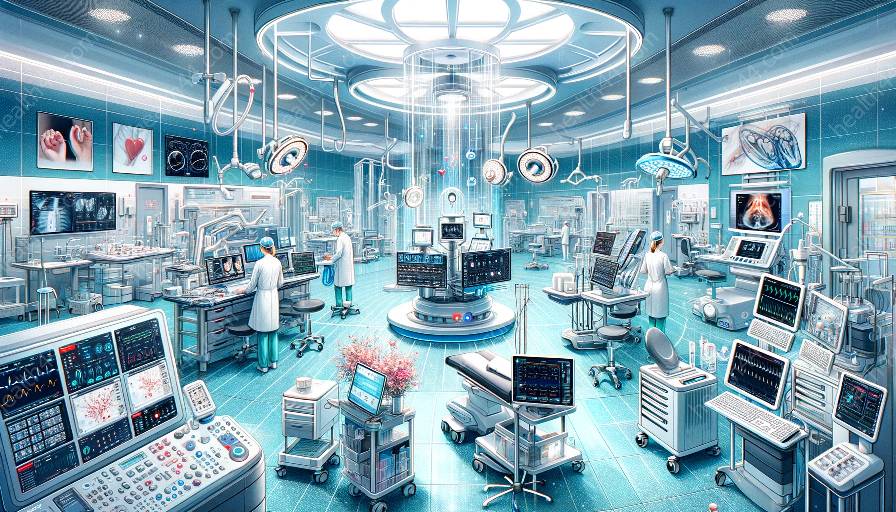Medical imaging devices play a crucial role in the diagnosis and treatment of various medical conditions. The field of bioengineering has revolutionized these devices, leading to enhanced safety, efficacy, and accuracy in medical imaging. In this article, we will explore how bioengineering is being utilized to advance medical imaging devices, providing cutting-edge solutions for improved patient care and outcomes.
The Role of Medical Imaging Devices in Healthcare
Medical imaging devices encompass a wide range of technologies and equipment used to visualize the internal structures and functions of the human body. These devices are essential for diagnosing and monitoring various medical conditions, enabling healthcare professionals to make informed decisions regarding patient treatment and care plans. Medical imaging devices include X-ray machines, computed tomography (CT) scanners, magnetic resonance imaging (MRI) machines, ultrasound devices, and nuclear medicine imaging equipment.
The Importance of Bioengineering in Enhancing Medical Imaging Devices
Bioengineering, also known as biomedical engineering, integrates principles of engineering and life sciences to develop innovative solutions for healthcare and medical equipment. Bioengineers apply their expertise to improve the safety, efficacy, and performance of medical devices, including imaging technologies. By leveraging bioengineering techniques, medical imaging devices can be enhanced to provide higher resolution images, reduced radiation exposure, increased patient comfort, and improved diagnostic accuracy.
Advanced Imaging Modalities
One of the key contributions of bioengineering to medical imaging devices is the development of advanced imaging modalities that offer superior visualization and diagnostic capabilities. For example, bioengineers have played a significant role in the advancement of MRI technology, leading to the development of high-field strength MRI scanners that produce detailed images of anatomical structures and pathological conditions. Additionally, bioengineering has contributed to the development of advanced ultrasound technology, enabling more precise and targeted imaging of internal organs and tissues.
Reduced Radiation Exposure
Another critical aspect of enhancing medical imaging devices through bioengineering is the focus on minimizing radiation exposure to patients and healthcare professionals. With the use of innovative bioengineering techniques, medical imaging devices have been designed to generate high-quality images while reducing the overall radiation dose. This advancement not only improves patient safety but also minimizes the long-term health risks associated with cumulative radiation exposure.
Improved Image Processing and Analysis
Bioengineering has also led to significant advancements in image processing and analysis algorithms, allowing for more accurate interpretation of medical imaging data. By integrating sophisticated computational techniques and artificial intelligence, bioengineers have empowered medical imaging devices to provide automated analysis, quantitative measurements, and enhanced visualization of anatomical and physiological features. These advancements contribute to more precise diagnosis and treatment planning, ultimately improving patient outcomes.
Challenges and Future Directions
While bioengineering has significantly improved the safety and efficacy of medical imaging devices, there are ongoing challenges and opportunities for further advancements. As technology continues to evolve, bioengineers face the task of addressing issues such as image artifact reduction, faster imaging protocols, and the development of portable and cost-effective imaging solutions for underserved populations. Moreover, the integration of bioengineering with emerging fields such as nanotechnology and bioinformatics holds promise for the development of next-generation medical imaging devices with unprecedented capabilities.
Conclusion
Bioengineering has transformed the landscape of medical imaging devices, paving the way for safer, more accurate, and advanced diagnostic capabilities. Through the application of bioengineering principles, medical imaging devices have evolved to meet the growing demands of modern healthcare, offering enhanced precision, reduced risks, and improved patient outcomes. As bioengineering continues to drive innovation in the field of medical devices, the future holds exciting prospects for further advancements in medical imaging technologies.


